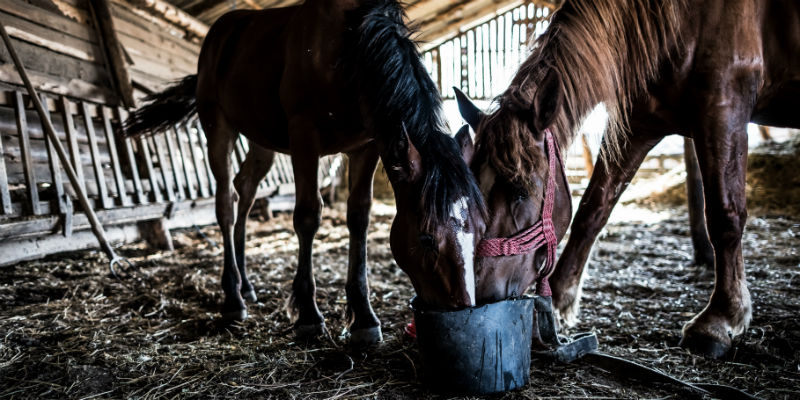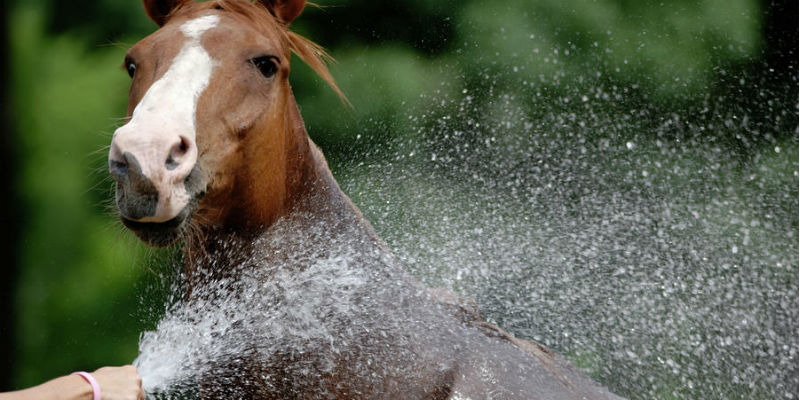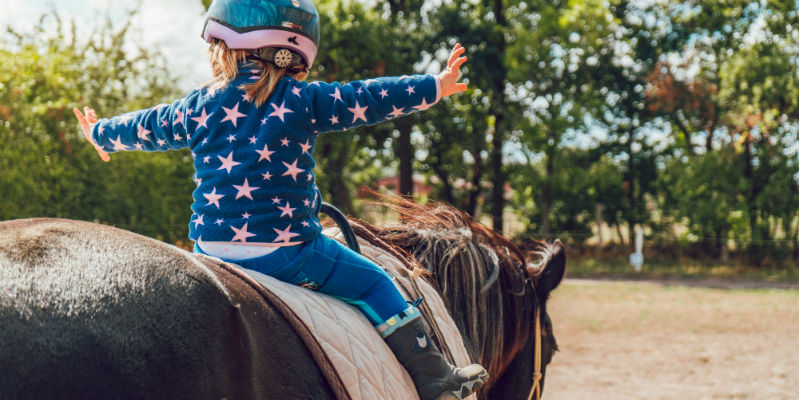Muzzle tips are here to help your overgrazing horse. Horses love to graze freely. Horses are happier when they are not cooped up in a stables all day. However, some horses when left unsupervised will over feed.
If your horse is at risk for laminitis, Cushing’s disease, or is insulin resistant, then binging on grass while grazing can make matters much worse. Consider using a muzzle to manage how much your horse is eating. Here are a few muzzle tips to remember when using caring for your horse.
Muzzle Tips for Horses
- The Right Muzzle
There are different types of muzzles in the materials they are made of and how they are made. Some models have a breakaway headstall, while others might attach to the halter. You should experiment and find out which one works best with your horse. - Muzzle Placement
Muzzle’s don’t always fit perfectly, and your job as an owner is to make sure you get one that does. With any new muzzles, keep an eye on it during the first few days and make strap adjustments when necessary. - Drinking
Your horse should still be able to drink water with its muzzle on, so make sure that your horse is getting enough water when it comes to a new muzzle. - Exposure
Though muzzles help with over feeding, make sure that your horse gets some free time away from the muzzle as well. Consider a schedule in which the muzzle is removed at certain times of their grazing periods. - Keep Watch
Just because your horse has a muzzle on doesn’t mean that your animal doesn’t need to be watched. If a horse it at risk for a disease that grass binging will affect negatively, then keep a watch and make sure the muzzle do not come off while grazing.





